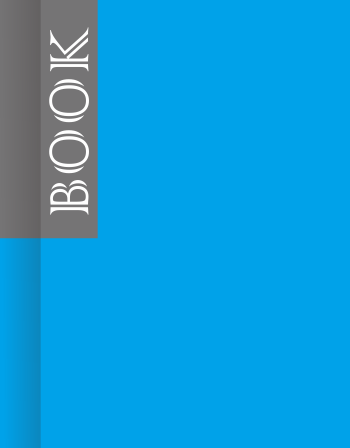DIGITAL LIBRARY
 | JUDUL | : | Types, Factors, and Students’ Perceptions on Code-Switching Used in Online Classroom Language |
| PENGARANG | : | SITI ROSYIANI KHALISHA | |
| PENERBIT | : | UNIVERSITAS LAMBUNG MANGKURAT | |
| TANGGAL | : | 2021-09-27 |
ABSTRACT
Khalisha, Siti Rosyiani. (2021). Types, Factors, and Students’ Perceptions on Code-Switching Used in Online Classroom Language. Sarjana’s Thesis. English Language Education Study Program, Faculty of Teacher Training and Education, Lambung Mangkurat University, Banjarmasin. The first advisor: Yusuf Al-Arief, M.Hum., the second advisor: Dini Noor Arini, M.Pd.
Keywords: types; factors; perceptions; code-switching; online learning
Online learning has become one of the ways to deal with COVID-19 problem. Due to the problem, face-to-face learning turns into online learning. In online learning, lecturers can maximize the use of language as a teaching medium as is done in face-to-face learning. Specifically in English Language Teaching, there is a possibility to use both Indonesian and full English language to explain the lessons, called code-switching. Therefore, the researcher aimed to find out students’ perceptions of lecturers’ code switching, types and factors of code switching applied by the lecturers on online classrooms at English Language Education Study Program Faculty of Teacher Training and Eucation Lambung Mangkurat University. This research was descriptive qualitative which used observation, questionnaire, and interview as the instruments.
The result of the research showed that 86% of students agree that lecturers should use code-switching in the teaching learning process, while 14% disagree about code-switching uses. Students support the use of code switching because code switching has some positive factors such as creating a good learning environment, increasing learning motivation, and clearer learning interaction. Meanwhile for types of code-switching, the results showed that the types of code-switching used by the lecturer are (4.2% ) tag CS, (33.3% ) inter-sentential CS, (58.3% ) intra-sentential CS, (0% ) situational CS, and (4.2% ) metaphorical CS. Furthermore, some factors that made lecturer used code switching were found such as repetition used for clarification, talking about a particular topic, being emphatic about something, lecturer’s personal involvement and wish to be understood, and quoting somebody else. As suggestions, the lecturer needs to maximize the use of full English language and code switching effectively depends on classroom situations in order to help students ELT on online learning.
| NO | DOWNLOAD LINK |
| 1 | FILE 1 |
File secara keseluruhan dapat di unduh DISINI